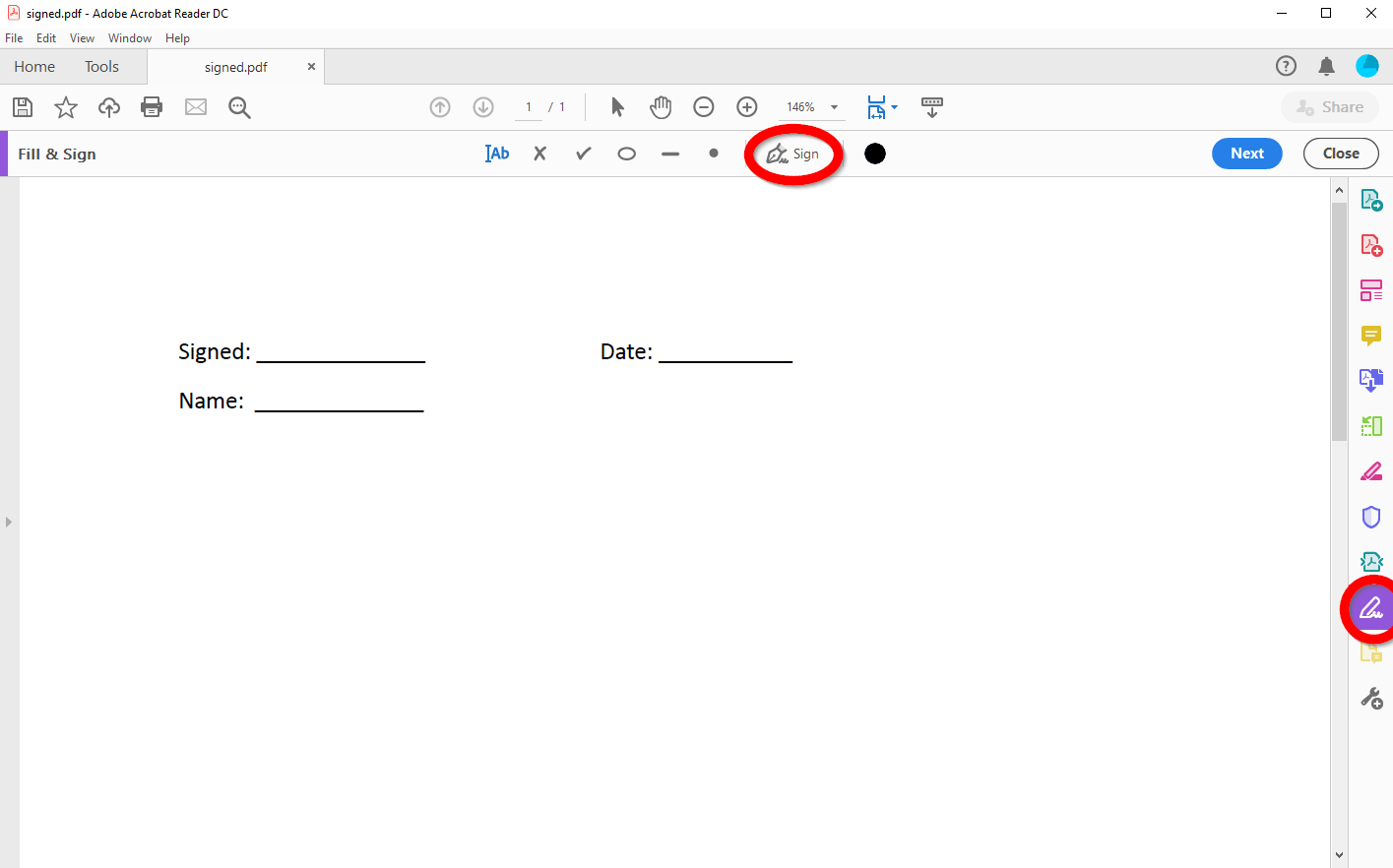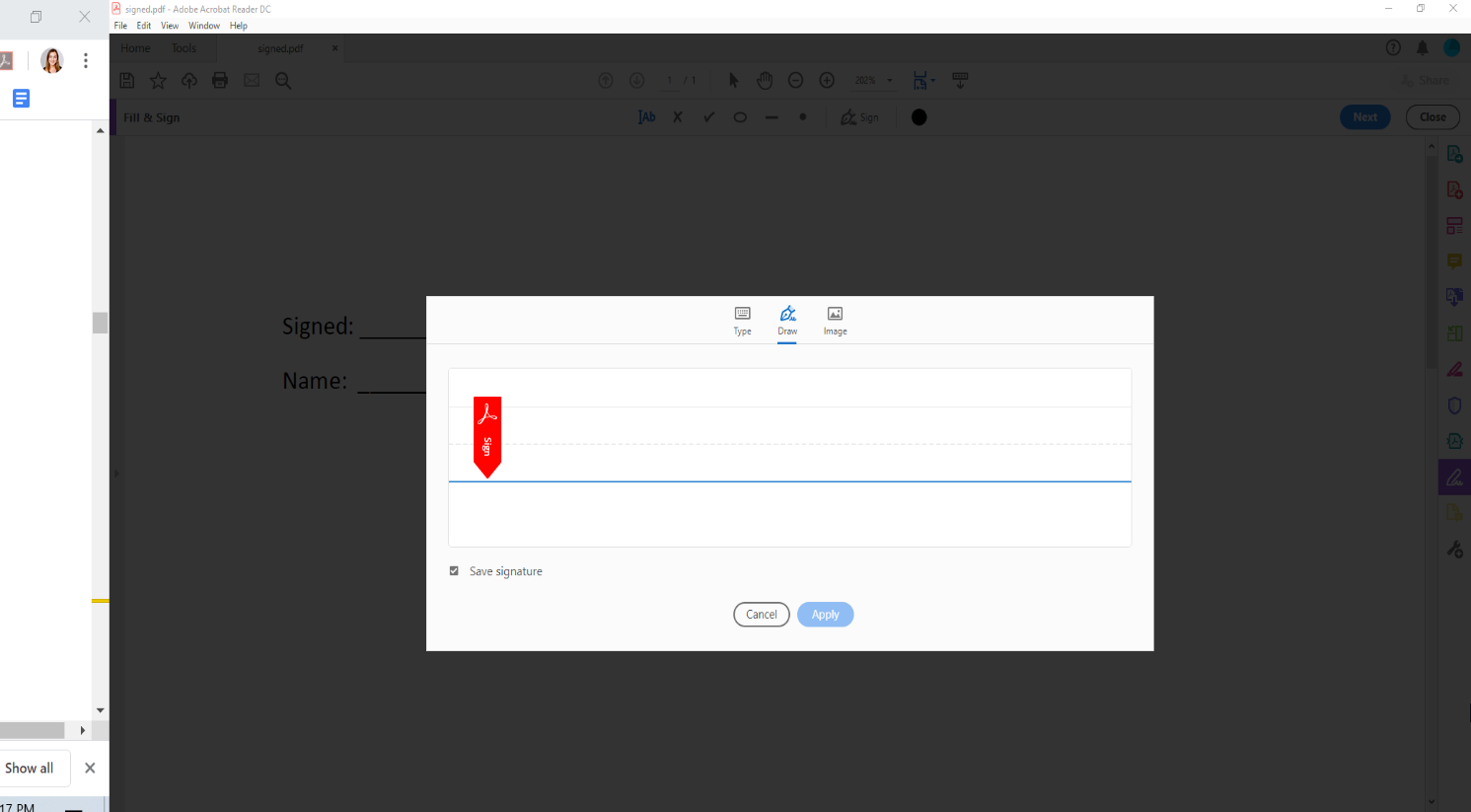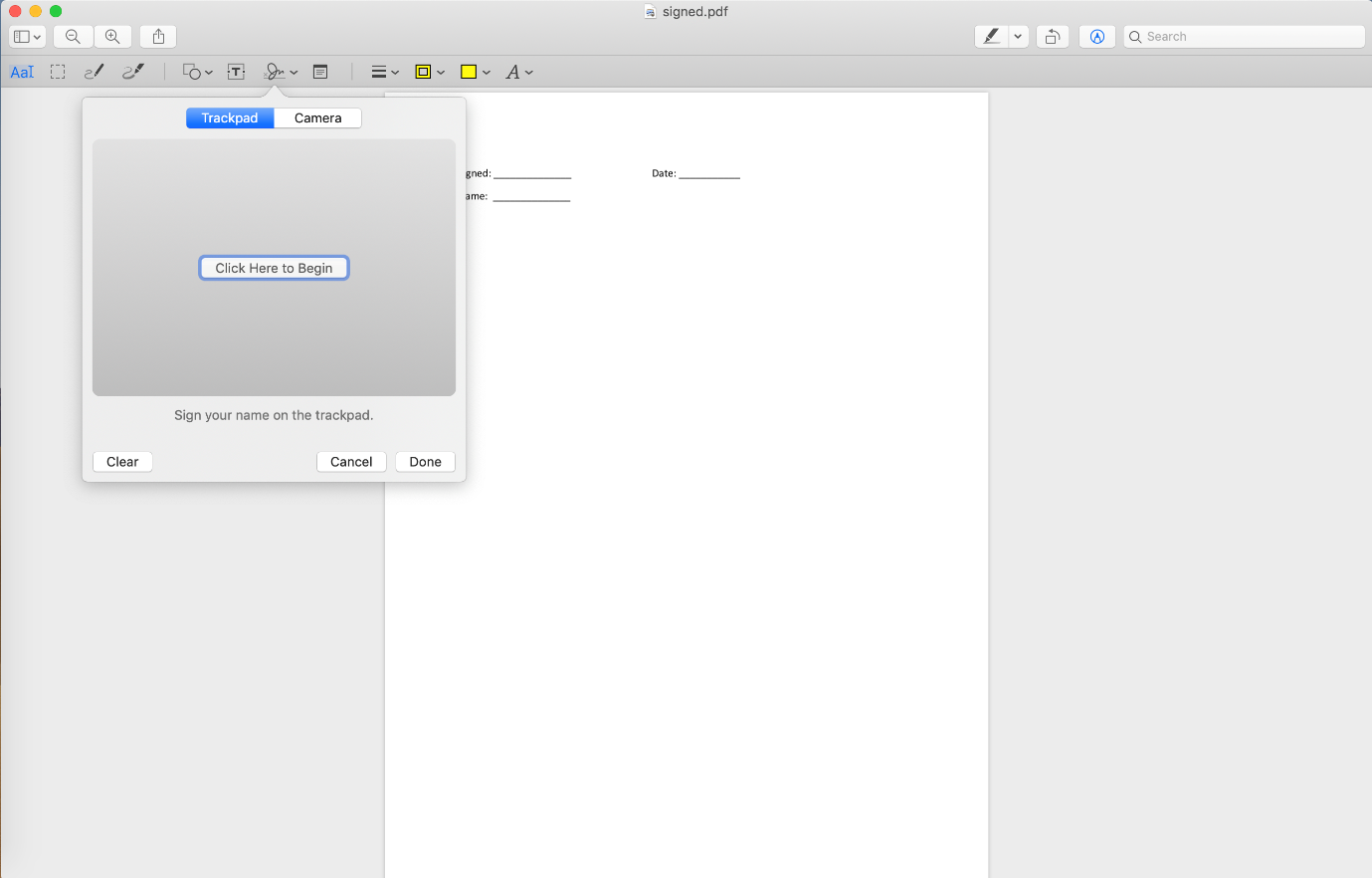Signing documents whilst working from home: 5 solutions you can use today
To slow the spread of COVID-19 around the world means many businesses are operating on an entirely remote-first basis and are mandating their employees to work from home for the ...

To slow the spread of COVID-19 around the world means many businesses are operating on an entirely remote-first basis and are mandating their employees to work from home for the foreseeable future.
Remote working has forced employees to change they how they undertake work, which has posed many challenges and difficulties. Unsurprisingly, as businesses learn to iron out the kinks of this new working environment, there are some areas of businesses that may suffer at the hands of remote-first, such as recruitment, onboarding, accounting, and team collaboration and communication. In these cases, cloud-based software can alleviate some pain points and enable work to be completed and distributed digitally, and communication tools like Zoom and Slack can unite a disconnected workforce.
Another fundamental business function that may need rethinking in the remote-first environment is the signing of documents and contracts. For instance, what happens when contracts must be signed but the signatory does not have access to a printer or scanner whilst they are working from home (and the handing over of tangible documents isn’t possible)? This isn’t just an issue for sales teams who need to get deals over the line – HR professionals may also need to e-sign off on items, perhaps in relation to a job requisition from a team member or the acquisition of new software.
Implementing a full integrated digital solution to manage business operations and people is preferable, but that takes time and money. So, what can businesses do in the immediate term, to ensure contracts get signed, safely and securely?
Traditionally, documents and contracts should be signed in “wet ink” (i.e. a physical ink signature on a physical sheet of paper), however, under general law, an agreement can be signed with an e-signature and be in an electronic format in the event that a “wet ink” signature is not possible.
To assist you in the completion of business deals and other documentation, we have listed five solutions that will enable you and your clients to sign contracts electronically and efficiently.
- Adobe Acrobat Reader
One of the best tools for both Windows and Mac users is Adobe Acrobat Reader. It is a PDF viewer with plenty of features and great e-signature capability. It is also free, unlike other PDF readers that ask you to pay before you can access their document signature features.
To use Adobe Acrobat Reader, first you will need to download the program and create an Adobe account. You can then install the Acrobat Reader plugin into Google Chrome, where you can use it to view and edit PDFs.
To use the signature feature, open the document you want signed, and click “Fill & Sign”. You will then be asked whether you, the user, will be signing the document, or whether someone else is required to sign it. If someone else is required to sign the document, you will be prompted to enter in the recipient’s email address and provide a message.
To sign a document yourself, click on the area where the signature will be placed and then click on the pen icon. A box will then pop up with the option to add text, draw a signature with your mouse or add an image. Whichever way you create your signature you can save it into the tool so you can use it again and again.
2. Preview (For Mac users only)
The Preview application has document signing capability and is already inbuilt within macOS. Better yet, with MacBook trackpads you can draw signatures with your finger, enabling better precision.
To sign a document in Mac Preview, first export it to a PDF file and then open the document. Click on the toolbox icon called “Show Markup Toolbar”, and then click on the “Sign” button. You will then be able to draw a signature on the trackpad with your finger or upload an image of the signature. Your signature will then be saved in the tool for future use.
3. HelloSign
HelloSign is a web signing service that works as a Chrome app that integrates with Google Drive. Its web interface allows you to upload PDF documents and sign them by drawing your signature or uploading an image of your signature. It is then easy to directly email the document to someone to sign.
4. DocuSign
Another useful tool is DocuSign. It offers a browser extension that allows you to sign documents from Gmail and the app integrates with Google Drive. DocuSign doesn’t offer free signatures so for document senders, this would require purchasing a plan. DocuSign document recipients will be able to sign vendor contracts freely, without the need to subscribe.
5. SignNow
SignNow is another e-signature solution that offers a Chrome extension which allows you to sign emails without leaving Gmail. The SignNow app is also easy to use.
To keep your business moving forward, you should adapt to the new environment. For many, this means going paperless and using electronic signature solutions to get documents and contracts signed by customers, clients, stakeholders and more.
ELMO Cloud HR & Payroll can help HR professionals manage their workforce, even while operating remotely. As a cloud-based solution, ELMO helps employers manage their teams from anywhere at any time from a secure, centralised location. All employee-employer touchpoints are covered by ELMO’s suite, from ‘hire to retire’. This includes recruitment, onboarding, performance management, payroll, rostering / time & attendance, learning & development, and more. For further information, contact us.
 HR Core
HR Core 












